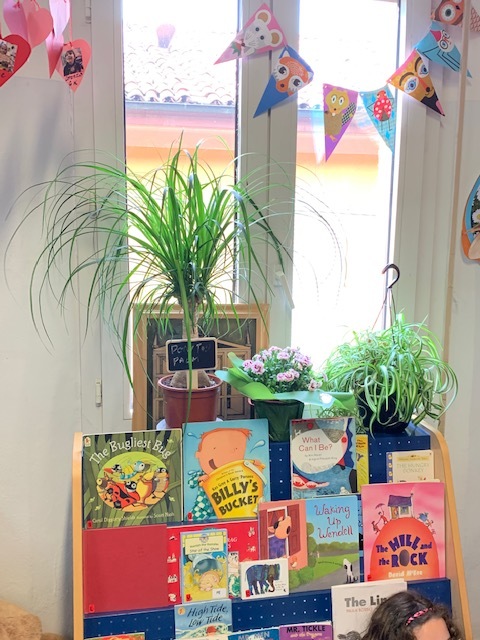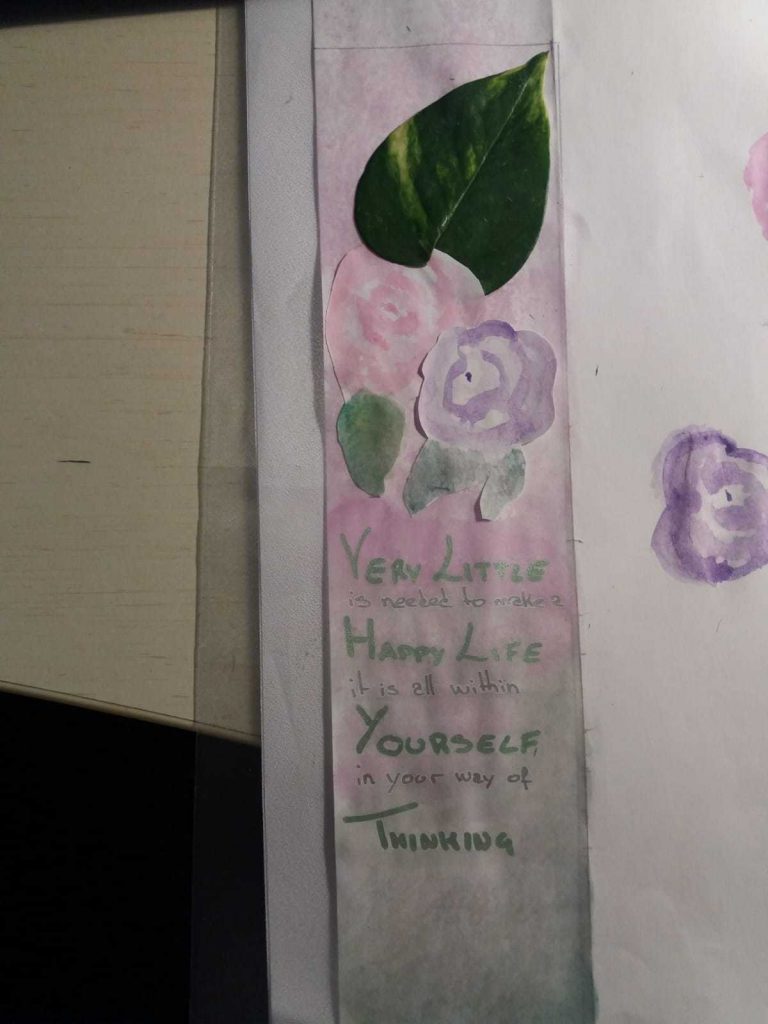By Sara Díaz, CAS Coordinator, International School of Bologna, Italy
IB Diploma Programme (DP) students are busy with their studies, extended essay (EE) reflections, Theory of Knowledge (TOK) presentations, internal assessments (IA) and various meetings. So, it can be hard for them to find time for Creativity, Activity, Service (CAS) reflections. Even asking students to upload evidence of reflection once every two weeks can be a lot of extra work. A CAS reflection is a summary and evidence of activity. It provides students the opportunity to share thoughtful, honest accounts of what they’ve gained during that period.
At the International School of Bologna, in Italy, we emphasize that reflections don’t have to be written. They can take on many different forms such as oral, pictures, conversations with CAS advisors, etc. But students mainly choose to write their reflections, which takes more time for some. For others, it may not be the best way to express themselves and more creativity is needed.

Many students lose energy and focus, and find it difficult to commit to CAS. They can easily forget that the main objective is not the final product, but the path to arrive there, i.e the process and the reflection. I always tell students “even an experience that fails can be great and successful with a deep reflection”. Opportunities for reflection are everywhere.
Reflection Labs
As educators, we need to remind students that creativity is essential in our everyday lives. At the International School of Bologna, we train CAS advisors to stimulate students to reflect and encourage deep, critical thinking.
We have a ‘reflection lab’ where we analyze student reflections, and maybe suggest different methods. Last year, for example, during a three-day trek through the Apennines CAS trip, we held afternoon labs to teach students how to use different modes of reflection, such as quotes, drawings and haikus – three-line poems that represent an observation about a fleeting moment.
It is important to encourage students to explore all their skills and step out of their comfort zones. There are different types of intelligence – as psychologist Howard Gardener tells us – but we should always explore different methods. This is closely related to the first learning outcome for CAS: Identify own strengths and develop areas for growth.

Reflection chart
To help students write their CAS reflections, I created a chart that aims to spark creativity. It attempts to activate the analytical and creative side of the brain. I’ve received positive feedback from students, who have been successfully using it.
Below is a step-by-step guide of how it works. Students will need a pen and paper, and to keep their experience in mind during the whole reflection process:
Starting the reflection process early ensures that it doesn’t become a cumbersome task. Encourage students to find forms of expression that suit them best. It will make the process easier and more natural.
DP student, Gianandrea Gregori’s CAS project was to create a greener environment in school. As it evolved, he created bookmarks for students and worked with an elderly home to plant various plants

